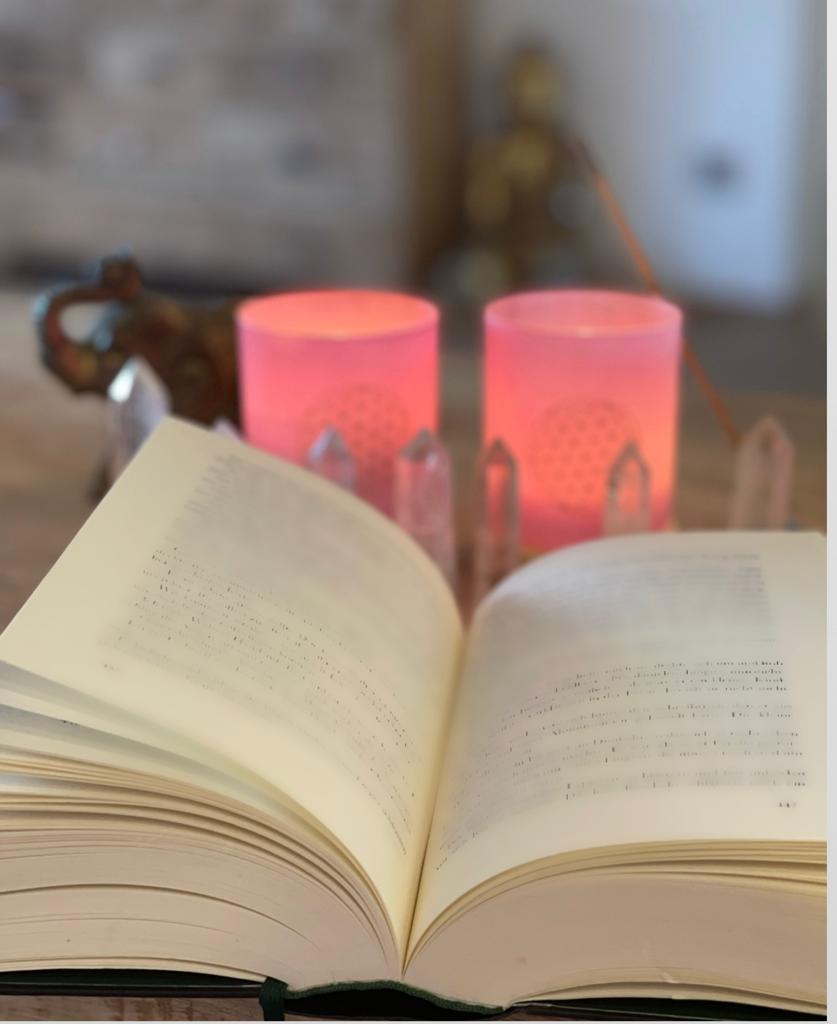In a world characterized by noise and hectic pace, singing bowls offer an oasis of peace and balance. These ancient instruments, which have their origins in the mystical traditions of Asia, are known not only for their aesthetic beauty, but also for their healing sounds that pave the way to deep relaxation and inner peace.
History:
The history of singing bowls is as deep and complex as their sounds. Its origins are believed to date back to the Bronze Age (around 3000 BC). The earliest singing bowls found are believed to come from Mesopotamia. Over time, their production and use have spread across the Asian continent, particularly in regions such as Tibet, Nepal, India and Bhutan.
In Tibet, a core area of singing bowl culture, they were traditionally used not only for religious practices and ceremonies, but also in everyday life. Monks used singing bowls during meditation to induce deep meditative states and expand consciousness. They were also used as eating bowls or as ritual offerings in temples.
With the spread of Buddhism, singing bowls also reached other parts of Asia. It is believed that travelers and traders on the Silk Road contributed to the transport and distribution of these special objects. Despite their widespread presence, singing bowls remained relatively unknown in the Western world until the late 20th century.
In the 1970s, Western tourists and spiritual seekers discovered singing bowls in the Himalayan regions. Fascinated by their unique sound properties and the healing properties attributed to them, they began to take them with them to the West. This marked the beginning of a new era for singing bowls, where they were increasingly used in therapeutic practices, sound meditation and yoga.
Properties and effect:
The essence of singing bowls lies in their ability to produce gentle and harmonious tones. These sounds are created by striking or rubbing the bowl with a wooden or leather mallet. The sounds and vibrations produced are more than just acoustic phenomena; they are vibrations that can work on a cellular level. It is believed that the sounds of the bowls can reduce stress, improve concentration and harmonize the flow of energy in the body.
Manufacturing:
Traditionally making singing bowls is a process that requires great craftsmanship. The classic bowls are made from an alloy of seven metals, each associated with a celestial body: gold (Sun), silver (Moon), mercury (Mercury), copper (Venus), iron (Mars), tin (Jupiter) and lead (Saturn). Each bowl is carefully cast, hammered, sanded and polished, giving each a unique sound profile.
Information on application and therapy:
Sound therapy with singing bowls, also known as sound massage, is a form of relaxation therapy that promotes both physical and mental well-being. In a typical session, the singing bowls are placed around or on the clothed body and gently struck to release their healing vibrations. The vibrations penetrate the body and can help relieve tension, calm the nervous system and promote a deep sense of calm.
In our offer you will find both an exclusive selection of singing bowls that you can purchase for your personal practice as well as professional singing bowl therapy sessions. These sessions are delivered by experienced therapists who will guide you through a tailored sound journey to address your individual needs and promote holistic wellbeing.
Summary:
Singing bowls are much more than just musical instruments; they are tools of transformation and healing. Whether you are looking for a singing bowl for your personal practice or seeking a more in-depth experience through professional sound therapy sessions, the world of singing bowls offers endless possibilities for peace, balance and inner harmony. Let yourself be enchanted by their healing sounds and discover how they can enrich your everyday life.







Leave a comment
All comments are moderated before being published.
This site is protected by hCaptcha and the hCaptcha Privacy Policy and Terms of Service apply.